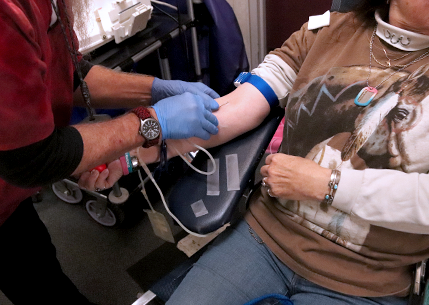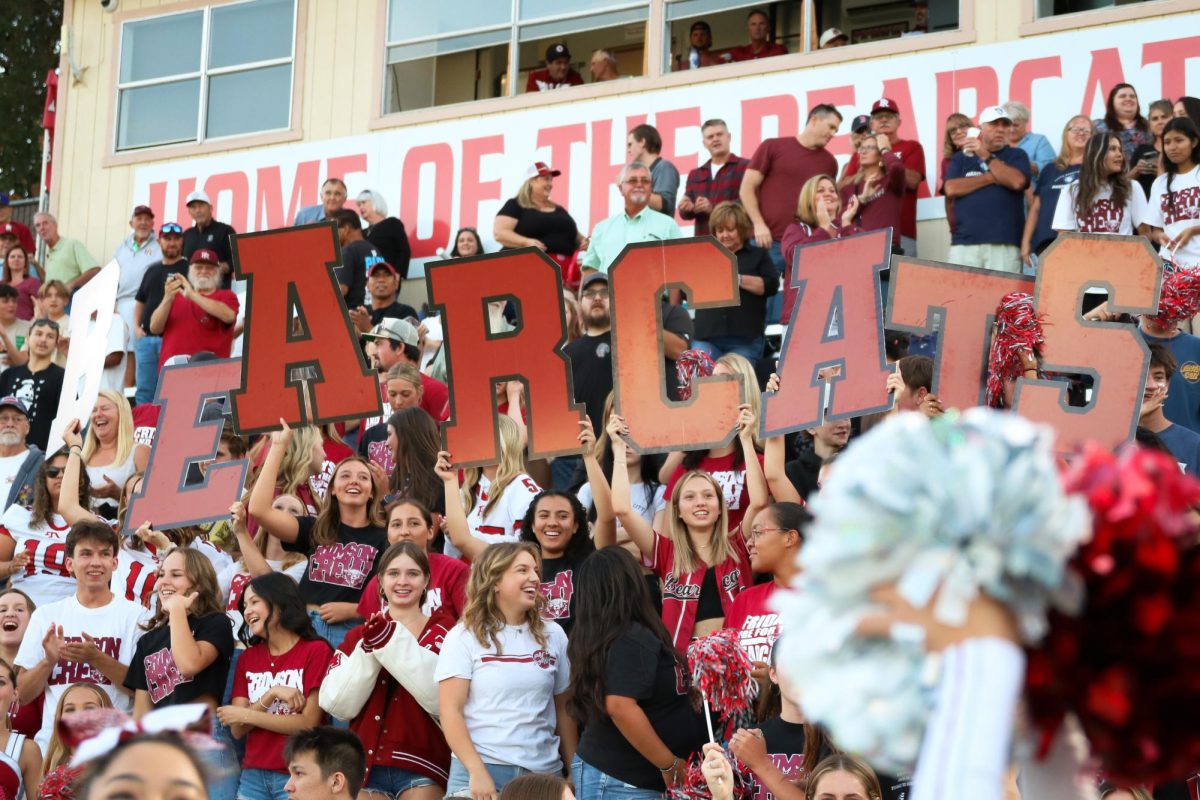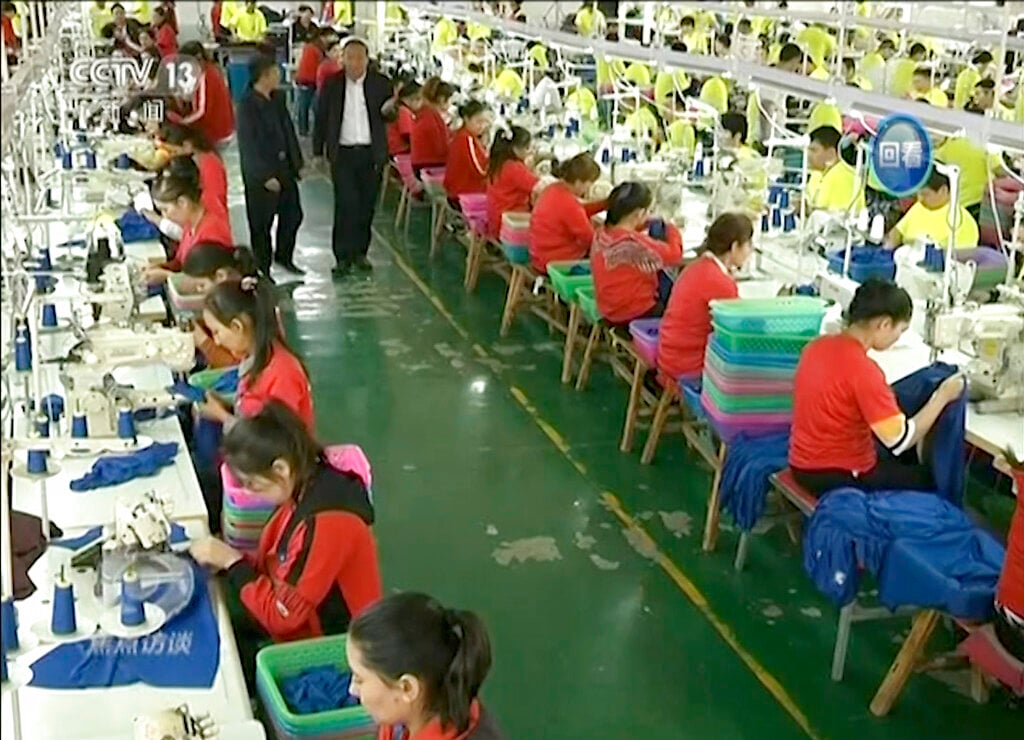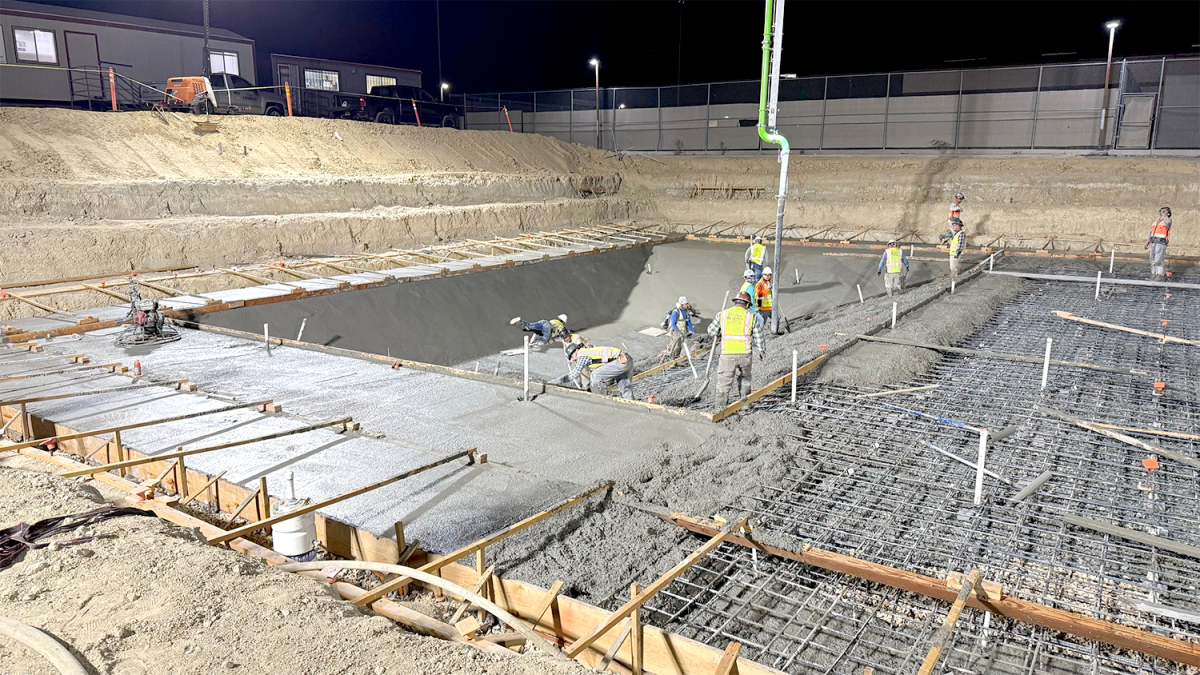District budget doesn’t allot enough money to meet PRHS’s groundskeeping needs
The empty planters in the parking lot and the scraggly cut back trees behind the CTE classrooms, makes the name Paso Robles High School apt. If there were ever oaks on campus they have definitely passed.
The high school has roughly 33 planters in the student parking lot aisles, but only about 15 percent actually have trees growing in them. Seven knobby twisted stumps stand ground by the chain link fence behind the mechanics classroom. All of the 14 large planters spread throughout the main quad have potential to be comfortable grassy patches for students to sit and enjoy lunch, but are so overgrown with weeds that students are restricted to sit on the concrete perimeters.
“I think there could be more greenery in general. We have a lot of trees so that’s good but we don’t have a lot of other plants…I think the school should treat the weeds and plant some flowers like irises that would help keep the weeds down,” said sophomore Kara Bullard who is an environmental horticulture student who sells plants as part of a Supervised Agriculture Experience Project through the FFA.
Ashley Lightfoot, Paso Robles Joint Unified School District Support Operations Director and Director of Information and Technology and Ron Shannon, Lead Custodian are in charge of overseeing plants, maintenance, and irrigation at PRHS.
“Trees are removed because they are diseased and pose a danger (falling limbs, spread of disease to other tree, etc.), or they are damaging the surrounding area, such as is often the case with trees in parking lots. We do not replace trees where irrigation water is no longer available or where tree roots will damage surfaces, requiring expensive asphalt replacement,” Lightfoot said.
This was the case for the two trees recently removed from the parking lot over spring break according to Principal Randall Nelson.
“The two trees [removed from] the parking lot were dead and beyond saving and were removed to prevent injury from falling limbs…At this point there are no plans to replace them because parking lots aren’t very well suited for trees,” Nelson said.
Lightfoot explained that the budget for groundskeeping around the district is $500,000 but 90 percent of that money goes to watering the fields and plants across the district. Of that $500,000, about $200,000 is allocated to PRHS’s total groundskeeping cost including irrigation.
Given the expense of irrigation, funds are hard to find for additional landscaping projects.
“As for additional landscaping projects, if the high school has a project they would like to pursue, the Principal will coordinate with myself or Mr. Hugo Bastidos, the Maintenance and Operations Supervisor. In such instances, the high school is usually required to supply the funds to cover a requested project,” Lightfoot said.
Nelson is hesitant when it comes to pursuing new landscaping projects.
“A reality is the water shortage has reached critical stage. As a community we need heightened awareness as far as water shortage goes…If someone were to come to me and request to plant more plants I’d have to weigh that very heavily given our current situation” Nelson said.
Landscaping has been proven to affect learning. Being around ornamental plants causes higher quality more accurate work and can improve memory retention by 20 percent as opposed to being an environment vacant of plants and greenery according to a study done by the University of Michigan.
“It’s important to keep our campus looking nice because if you have a trashy run down campus nobody is going to want to be here and they’re going to be ashamed to say I’m a Bearcat,” said junior environmental horticulture student Mary Hambly.
The school district has the first positive interim budget in three years, and there will be a slight increase to the grounds budget, but most of the additional money “will be absorbed by increases in the costs of materials, supplies, and irrigation water in the coming year” according to Lightfoot. Any additional landscaping projects will require ingenuity on the part of students and staff.






